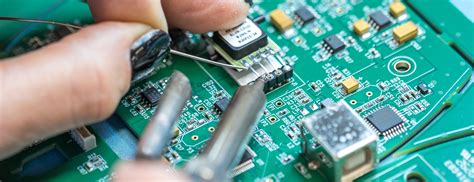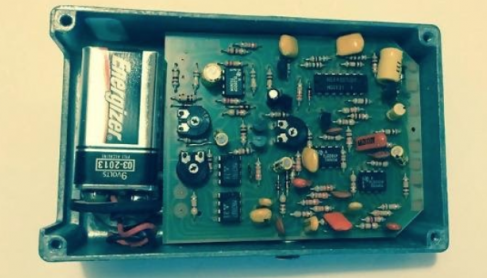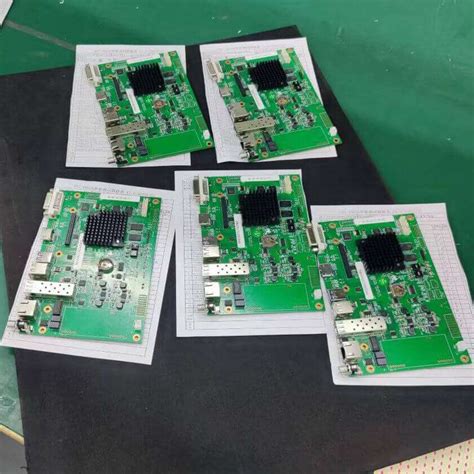A thorough review of the features of PCB design software. What other skills do you need to master?
There are many types of PCB design software. The main ones currently used in the market include: Cadence Allegro, Mentor EE, Mentor Pads, Altium Designer, Protel, etc. Among them, Cadence Allegro has the highest market share.
1.Features of mainstream PCB design software:
(1) Functional integration: a complete design platform that combines schematic design, PCB design, circuit simulation analysis and other functions;
(2) Functional componentization: different functions are implemented in different software module components, and users can selectively purchase and install them;
(3) Powerful circuit analysis function: to meet the current high-speed development trend of PCB, to determine the design rules by simulation, and to drive the PCB design implementation by design rules;
(4) Support teamwork: PCB can be divided into modules, and collaborative design can be carried out in online or offline mode
The usage methods of PCB design software are similar. They are basically based on the PCB design process and the functional modules are similar. Only the specific software menus or design operation sequences are different.
2.The principle of high-speed PCB design
First of all, what is “high speed”?
Generally speaking, traditional circuit theory is applicable to the circuit structure analysis when the circuit size of signal interconnection is much smaller than the wavelength corresponding to the highest frequency that designers are concerned about in the transmission signal. At this time, the interconnection of signals is equivalent to first-order circuit elements, which are called “lumped elements”; on the contrary, when the circuit size of signal interconnection is close to the wavelength corresponding to the highest frequency that designers are more concerned about in the transmission signal, since the magnitude and phase of the voltage or current at different positions on the interconnection path may be different, the interconnection of signals is equivalent to multi-order circuit elements, and is therefore called “distributed elements”.
The above is the understanding of the signal transmission behavior of PCB interconnection lines by the “signal integrity” theory. The signal edge rate almost completely determines the maximum frequency component in the signal. Usually, when the signal edge time is less than 4 to 6 times the interconnection transmission delay, the signal interconnection path will be treated as a distributed parameter model, and the “signal integrity” behavior needs to be considered.
The so-called “high speed” means “the signal edge time is less than 4 to 6 times the interconnection transmission delay”. It can be seen that whether the signal transmitted by the circuit board is “high speed” depends not only on the edge rate of the signal, but also on the path length of the circuit board line. When there is a certain proportional relationship between the two, the signal should be processed as a “high-speed signal”.
The principle of high-speed PCB design comes from the “signal integrity theory”. Students can refer to and study relevant textbooks and literature. High-speed PCB design is currently fully supported by PCB design software tools. The simulation, formulation and execution of PCB design rules are all realized in the functions of PCB design software tools.
3.Knowledge required for PCB design
3.1 Demand knowledge
Circuit principles, signal integrity, power integrity, structure, power supply, thermal design, electromagnetic compatibility, processability, testability, etc.
3.2 Basic knowledge
(1) Installation and basic operation of design software
(2) Basic knowledge of printed circuit board manufacturing (processing procedures, processing materials, etc.)
(3) Basic use of hardware schematic tools (functional modules related to PCB design)







